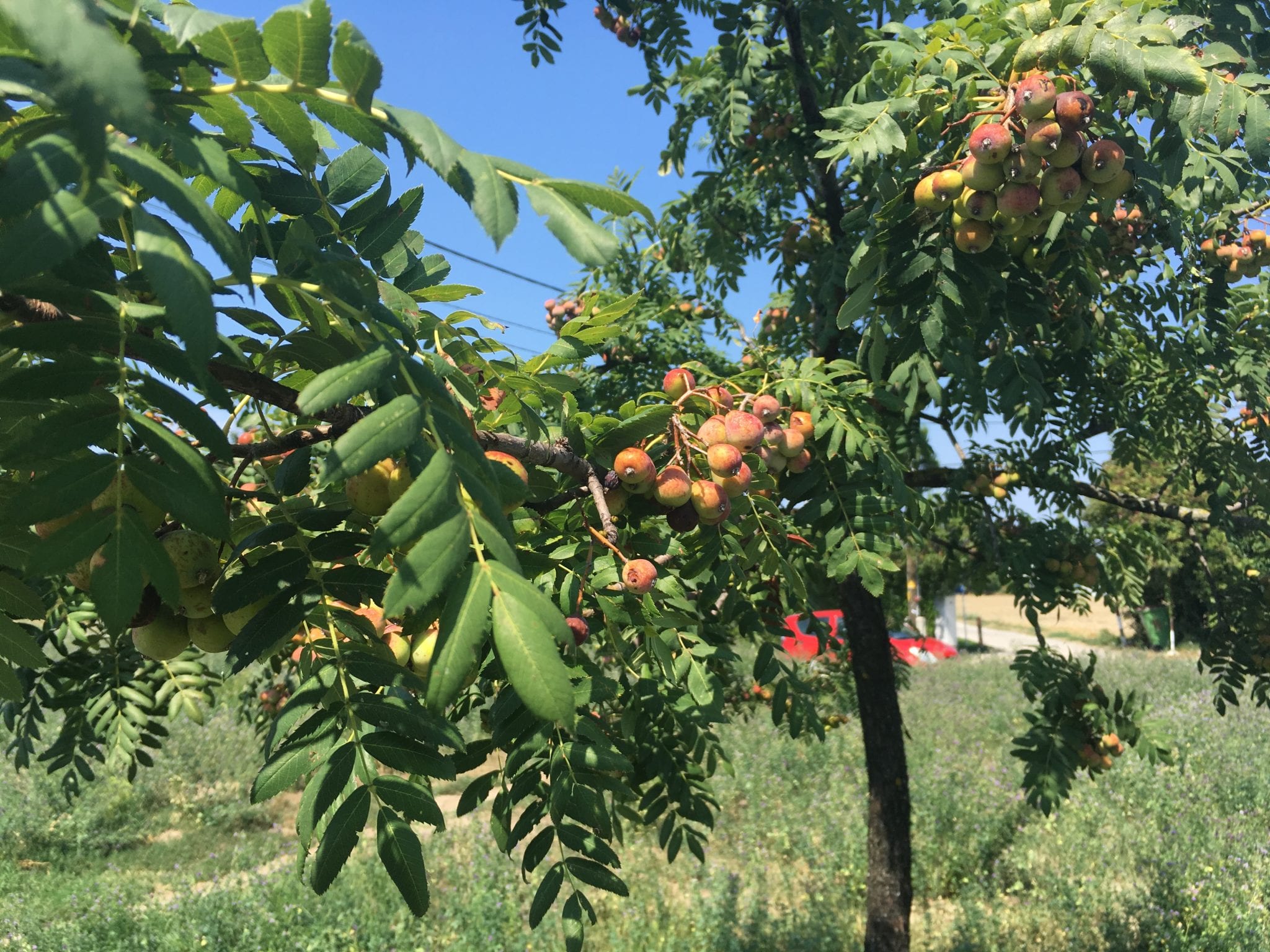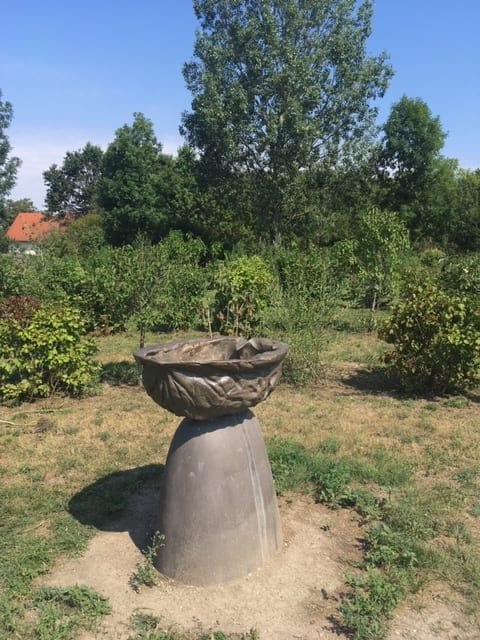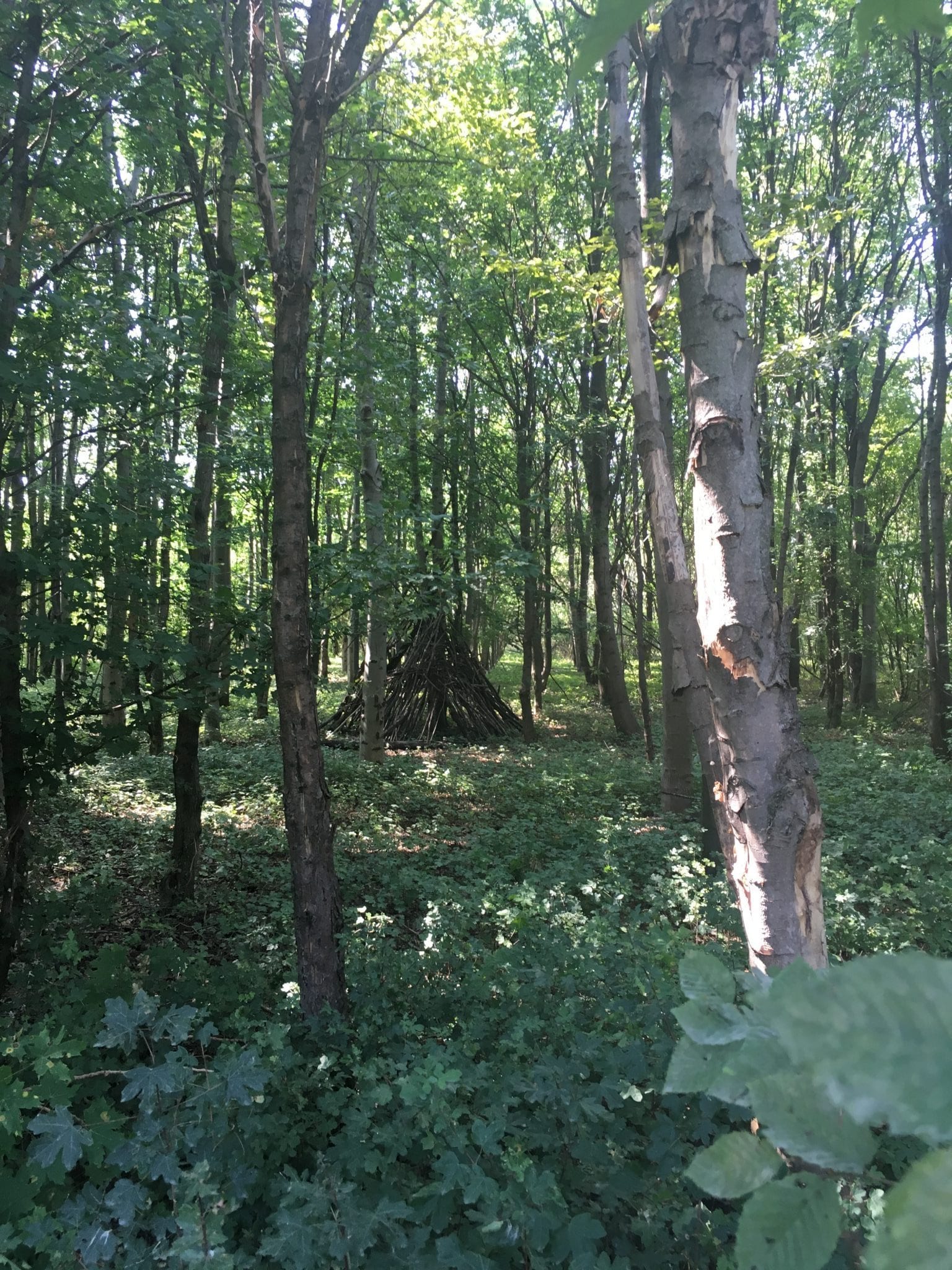Vienna’s green and free spaces grow

Integrating forests and trees in urban development is a top priority for the city of Vienna. In fact one could say that they have been at the top of Mercer world’s highest quality of living index because nature plays such a big role in the city.
Vienna’s department for forests and agriculture is historically integrated in the development of urban areas.
In the new urban areas Aspern Seestadt we planted around 40 hectares of forest and the Leopoldau 90 hectares of forest. We carefully consider biodiversity, a healthy combination of trees and bushes including fruit bearing plants and letting it grow in its natural way
Vienna’s forest director Herbert Weidinger

The masterplan for this part of the city was developed in 2007 and forests and parks were integrated into the initial plans raising the quality of life for 6000 residents and 1500 business people working in 120 companies in this part of the city.
Throughout the development of so-called “green and free spaces” (Grün- und Freiraum) Vienna prioritizes a balance between natural forests, parks and carefully developed streets and squares as well as buildings. The world’s tallest wooden structure high-rise building called the Hoho project is located in Seestadt with wooden blocks, tree bark on the façade and wooden surfaces for the interior.
Vienna’s woods are a good example of merging forests and art. In the “Memorial forest” (Gedenkwald) 65,000 trees are planted to commemorate those lost in the Holocaust from the Jewish society during the second World War. Furthermore, art sculptures of local artists are well embedded in natural forests. One to get lost in is the Labyrinth Garden Aspern inspired by the exhibition “Sharing Heritage: Labyrinths in Europe,” a permanent labyrinth made of trees and plants with a diameter of 36m and 260m to the center.


Vienna’s residents are often involved in forest plantation events with more than 5000 people participating as well as school classes which foster education and experiences in nature and the environment.
Green spaces are increasing as the effects of the climate crisis such as rising temperatures are visible in Vienna, as they are in most of the cities.
Climate adaptation including water basins and the adaptation of forests and biodiversity are key to maintaining the quality of life.
Currently Vienna is developing a climate fit forest program locally and intends to collaborate with other Cities4Forests cities to exchange best practice and create climate fit forests around the globe.










